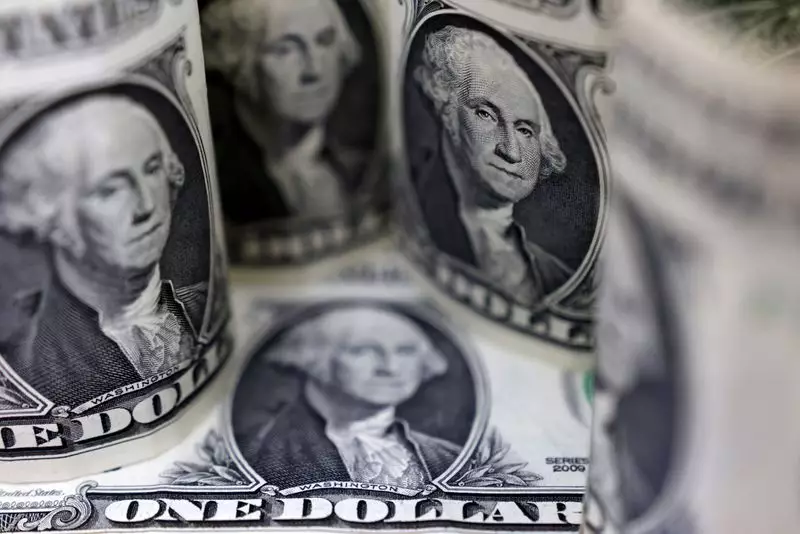The U.S. dollar has shown signs of strength in the foreign exchange markets, following a period of volatility and uncertainty. The Dollar Index, which measures the greenback against a basket of other currencies, saw a 0.4% increase to 102.907 after hitting a seven-month low. This boost comes after a wave of fears surrounding a potential U.S. recession, fueled by weak labor market data. The Federal Reserve’s response to these concerns has led to expectations of significant rate cuts, with traders predicting a total of 110 basis points of easing by the end of the year. While some policymakers have pushed back against recession fears, the need for rate cuts to support the economy remains a topic of discussion.
In Europe, economic conditions have also influenced currency exchange rates, with the euro and the pound experiencing fluctuations. The European Central Bank and the Bank of England have both initiated interest rate cuts in an effort to stimulate economic growth. Retail sales data in the eurozone revealed a 0.3% decrease in June, indicating ongoing consumer strain. Despite this, German industrial orders exceeded expectations in June, offering a glimmer of hope for the region’s economy. The euro fell 0.4% to 1.0911 against the dollar, while the pound also weakened, slipping 0.5% to 1.2706. The Bank of England’s recent rate cut further contributed to the pound’s decline.
In Asia, shifts in currency exchange rates have been influenced by monetary policy decisions and economic trends. The USD/JPY pair rose by 0.2% to 144.47, marking the yen’s first day of weakening this month. Safe-haven demand for the yen had increased amidst market turbulence, but hawkish signals from the Bank of Japan led to a reversal in the currency’s strength. In China, the USD/CNY pair rose by 0.3% to 7.1504 as the yuan weakened ahead of key economic data releases. Australia’s central bank maintained interest rates unchanged, emphasizing its willingness to take necessary measures to manage inflation.
By analyzing the impact of global economic factors on currency exchange rates, it becomes evident that market dynamics are continuously influenced by a variety of factors. Central bank policies, economic indicators, and geopolitical events all play a role in shaping currency valuations. As investors navigate through the complexities of the foreign exchange markets, staying informed and vigilant is crucial in making well-informed decisions. The interplay between different economies and their respective currencies underscores the dynamic nature of the forex market, where volatility and opportunity coexist.

